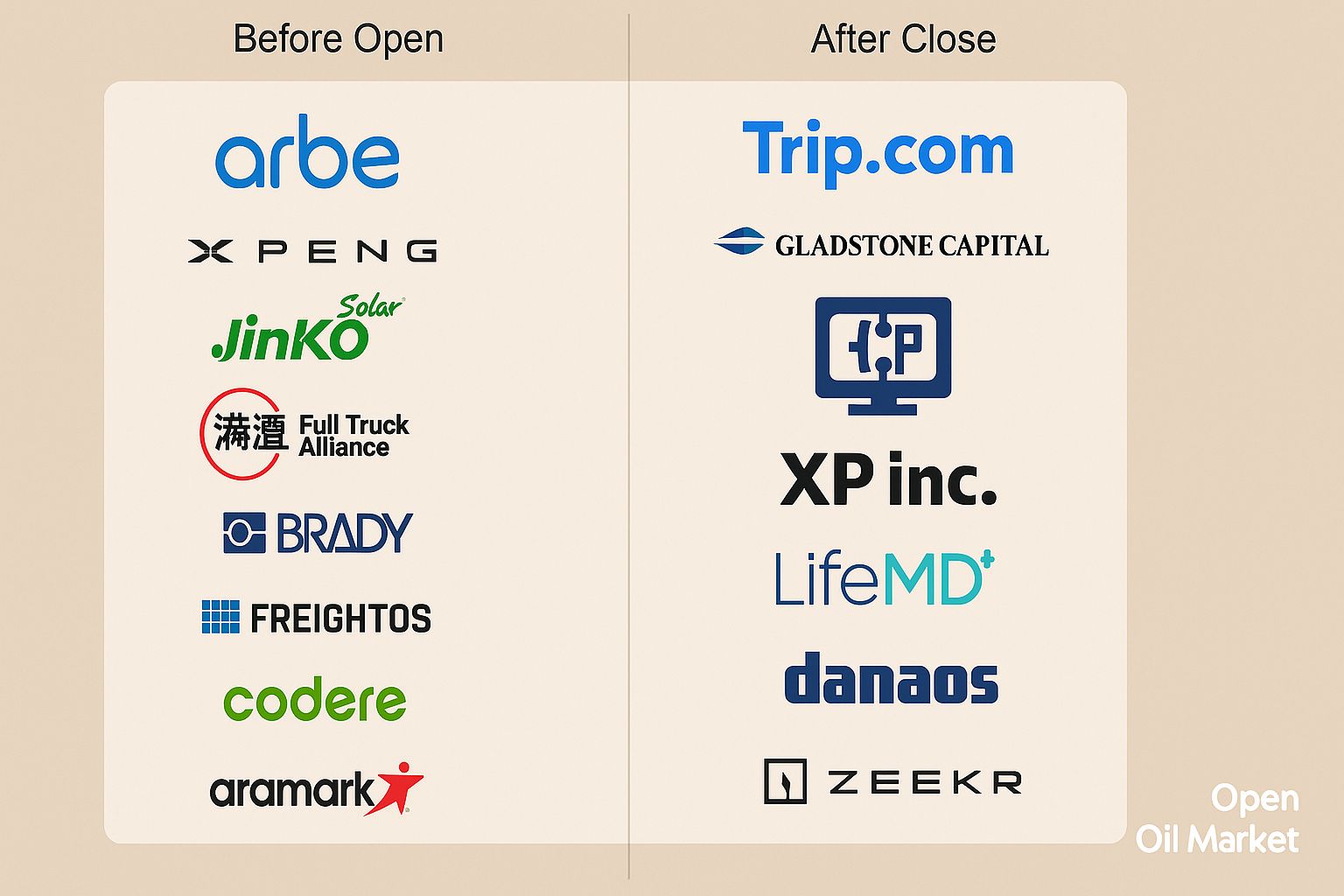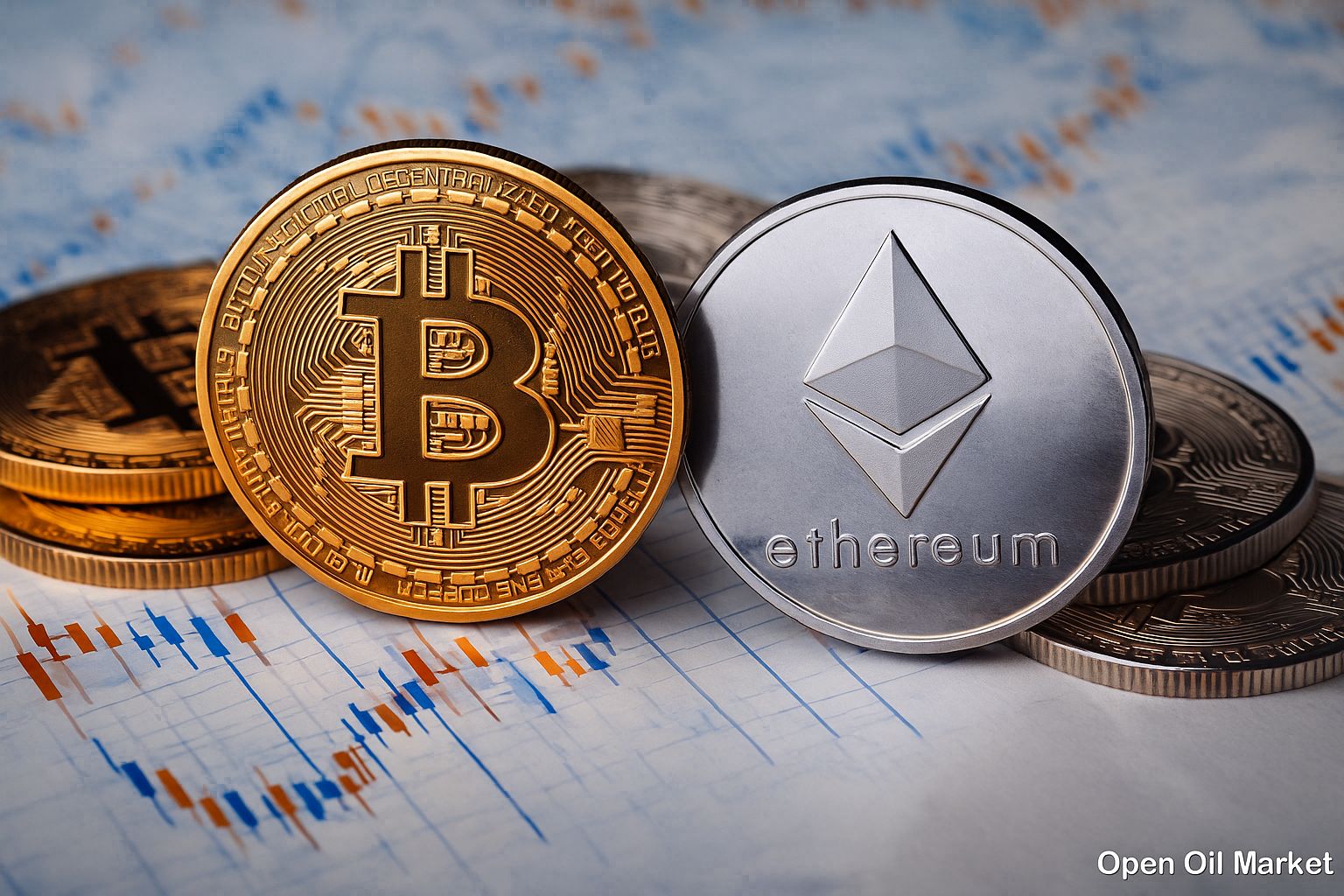
Current Startup and Venture Investment News as of 16 October 2025: The Return of Mega Funds, Record AI Rounds, a Fintech Renaissance, and the Revival of IPOs
By mid-October 2025, the global venture market is showing a confident recovery after several years of decline. Investors worldwide are once again actively funding technology startups—record-breaking deals are being made, and the IPO plans for promising companies are back on the agenda. Major players are returning with substantial investments, and governments are increasing their support for innovation. As a result, private capital is gradually reintegrating into the startup ecosystem, signalling a new phase of development in the venture market.
The increase in investment activity is evident across all regions. The US confidently leads the way, particularly in the artificial intelligence sector; in the Middle East, venture investment volumes have doubled compared to last year, while Europe is experiencing a resurgence (Germany has for the first time surpassed the UK in the number of deals). In Asia, there is a relative decline in activity in China, whereas India, Southeast Asia, and the Gulf countries are attracting record capital. The startup ecosystems in the CIS countries are also striving to keep pace, despite external constraints. A new global venture boom is forming, although investors continue to act selectively and cautiously.
Below are the key events and trends shaping the venture market agenda as of 16 October 2025:
- The Return of Mega Funds and Large Investors. Leading venture firms are accumulating unprecedentedly large funds and significantly increasing their investments, saturating the market with capital and enhancing risk appetite.
- Record Rounds in AI and a New Wave of Unicorns. Exceptionally large investments are driving startup valuations to unprecedented heights, especially in the artificial intelligence sector.
- The Revival of the IPO Market. Successful public offerings of technology companies and new listing applications confirm that the long-awaited "window" for exits has reopened.
- Diversification of Sector Focus. Venture capital is flowing not only into AI but also into fintech, climate projects, biotechnology, defence technologies, and even crypto startups, broadening the horizons for growth.
- A Wave of Consolidation: M&A Deals and Large Acquisitions. New mergers, acquisitions, and strategic investments are reshaping the industry landscape, creating additional exit opportunities and accelerated growth for companies.
- Global Expansion of Venture Capital. The investment boom is spreading to new regions—from Gulf countries and South Asia to Africa and Latin America—where new tech hubs are forming.
- Local Focus: Russia and the CIS. New funds and initiatives aimed at developing local startup ecosystems are emerging in the region, enhancing investor interest in local projects.
The Return of Mega Funds: Big Money Back in the Market
The largest investment players are triumphantly returning to the venture arena, indicating a renewed appetite for risk. The Japanese conglomerate SoftBank, for example, is establishing a new fund, Vision Fund III, with approximately $40 billion focused on advanced technologies (AI, robotics, etc.). Sovereign funds from Gulf countries have also ramped up their activities: billions of dollars are being injected into tech projects, and government mega-programmes are being launched to support the startup sector, forming their own tech hubs in the Middle East. Meanwhile, around the world, dozens of new venture funds are attracting significant institutional capital for investments in high-tech sectors. Well-known Silicon Valley funds are increasing their activity as well; the American venture sector has accumulated record reserves of "dry powder" (hundreds of billions of dollars of uninvested capital) ready to be deployed as confidence returns to the market. The influx of this “big money” is filling the startup market with liquidity, providing resources for new rounds and supporting valuations of promising companies. The return of such mega funds from venture firms and large institutional investors not only intensifies competition for the best deals but also instils confidence in the industry regarding future capital inflows.
Record Investments in AI and a New Wave of Unicorns
The artificial intelligence sector is the primary driver of the current venture surge, demonstrating record levels of funding. Investors are keen to secure positions among the AI sector leaders, directing colossal funds toward the most promising projects. For instance, the startup xAI (founded by Elon Musk) has raised nearly $10 billion in funding, while OpenAI has secured around $8–9 billion in several rounds at a valuation of approximately $300 billion. Both cases have seen heightened demand from investors, underlining the excitement surrounding AI companies. Notably, venture investments are flowing not just into end-user AI applications but also into the infrastructure supporting them: a startup in AI data storage is reportedly in talks for a multi-billion dollar round at a very high valuation. The market is ready to finance even the "shovels and picks" for the new AI ecosystem. As a result, the current investment boom has generated a wave of new "unicorns" (startups valued at more than $1 billion). While experts warn of overheating risks, investor appetite for AI startups remains strong: in the third quarter of 2025, the AI sector accounted for about half of all global venture investments. The concentration of capital is also indicative: approximately one-third of all venture funding in the world in the last quarter went to just a few dozen companies, each raising $500 million or more. This race to secure AI leaders is driving valuations to new heights.
The IPO Market Revives: An Opportunity Window for Exits
The global IPO market is emerging from a lull and gaining momentum, opening long-awaited exit opportunities. In Asia, Hong Kong has sparked a new wave of listings: in recent weeks, several large tech companies have gone public there, collectively raising billions of dollars. For example, the Chinese battery manufacturer CATL successfully launched its shares, raising around $5 billion, demonstrating investor readiness in the region to actively participate in IPOs once again. In the US and Europe, the situation in capital markets is also noticeably improving. The American fintech giant Chime recently made a successful debut on the stock market, with shares rising approximately 30% on the first day of trading. Following this, design platform Figma conducted its IPO, attracting around $1.2 billion at a valuation of approximately $15–20 billion; its shares also saw a solid rise. Several well-known startups, including payment service Stripe and a number of highly valued technology companies, are preparing for public offerings in the second half of 2025. Even the crypto industry is aiming to capitalise on this revival: the fintech company Circle successfully went public in the summer (its shares soared post-IPO), while crypto exchange Bullish has submitted a listing application in the US with a target valuation of around $4 billion. Overall, the global volume of funds raised through initial public offerings in the third quarter of 2025 increased by almost 90% compared to last year's level. The return of activity in the IPO market is crucial for the venture ecosystem: successful public offerings enable funds to realise profitable exits and redirect freed-up capital into new projects.
Diversification of Investments: Not Just AI
In 2025, venture investments are covering an increasingly broad range of industries, and investor focus is expanding beyond just artificial intelligence. Following last year's downturn, fintech is regaining momentum: alongside successful IPOs of digital banks, substantial funding rounds are attracting payment and other financial platforms in the US, Europe, and emerging markets. Simultaneously, there is a growing interest in climate technologies—investors are actively financing projects focused on decarbonisation, renewable energy, and the development of new materials for the "green" economy. The biotechnology sector is also returning to the attention of venture funds. The high demand for innovative medicines is evidenced by record deals: for instance, the American startup Kailera Therapeutics raised $600 million just one year after its founding (one of the largest biotech rounds of the year). Additionally, pharmaceutical giant Pfizer announced the acquisition of biotech company Metsera for $4.9 billion, demonstrating the readiness of major players to acquire promising developments. Against the backdrop of increased attention to security, investors have started to more actively support projects in defence technologies—from drones and cybersecurity to communication platforms for the military. Gradually, interest in the crypto industry is returning as the digital assets market stabilises. Thus, the expansion of sector focus is making the startup ecosystem more resilient and lowering the risk of overheating in individual segments.
Consolidation and M&A Deals: Increasing Player Sizes
Overvalued company valuations and fierce competition in the markets are pushing the industry towards consolidation. Large mergers and acquisitions are once again coming to the forefront, reshaping the balance of power in the ecosystem. A notable example is the corporation Alphabet (Google), which has agreed to acquire Israeli cloud cybersecurity startup Wiz for approximately $32 billion. This record-breaking deal for Israel has become the largest acquisition in Google's history and signals the desire of tech giants to secure key technologies and talent. Such mega deals demonstrate the readiness of large corporations to aggressively expand by acquiring promising startups. Overall, the surge in M&A activity provides venture investors with the long-desired profitable exits and indicates the maturing of the market. Mature startups are often merging with one another or becoming targets for acquisition by tech leaders, which allows for the accelerated scaling of businesses. For venture funds, the revival of deal activity signifies the return of opportunities for lucrative exits following an extended period of stagnation.
Global Expansion of Venture Capital: New Regions and Markets
The investment boom of 2025 is extending beyond traditional tech hubs and spreading globally. The Middle East has transformed into one of the epicentres of growth: Gulf countries, supported by government funds, are investing billions into the development of local startup hubs and infrastructure. In South Asia, particularly in India, new unicorns and mega rounds continue to emerge, attracting both local and international capital. Africa and Latin America are also experiencing a record influx of venture investments on the wave of economic digitalisation. This geographical diversification allows investors to find new growth points and reduce dependence on overheated markets in the US and China. Consequently, the global venture landscape is becoming more balanced, enabling promising companies to grow in various parts of the world while attracting local capital.
Russia and the CIS: Local Initiatives Against the Global Background
Amid the global revival, Russia and neighbouring countries are striving to catch the wave of venture growth. In 2025, a number of new venture funds with a combined capital of dozens of billions of rubles (each averaging 10–12 billion rubles) have been announced in the region to finance early-stage tech projects. Initial results are already noticeable—local startups are beginning to attract more serious funding. For example, the Krasnodar-based foodtech project Qummy recently secured approximately 440 million rubles in investments at a valuation of around 2.4 billion rubles. In addition, regulatory authorities have once again opened the possibility for foreign investors to invest in Russian companies, gradually restoring interest from international capital in the market. It is worth noting that innovations are also penetrating traditional industries: for instance, the startup Open Oil Market has developed a comprehensive digital platform that connects suppliers and buyers of oil products, as well as carriers and financial partners, thereby streamlining and accelerating the trading of raw materials.
Although venture investment volumes in Russia and the CIS are still modest compared to global leaders, the positive dynamics inspire cautious optimism. In early October at the Moscow Startup Summit, funds and private investors announced around 1.6 billion rubles in investments for Russian startups—this amount is comparable to over 20% of all venture investments in Russia for the first half of 2025. Major companies in the region are also showing interest in the venture market: the tech subsidiary of VK (VK Tech) has announced the possibility of conducting an IPO if market conditions improve. Meanwhile, the government is rolling out new support measures (including the creation of a network of university venture funds totalling 3.5 billion rubles for student projects) and corporate initiatives aimed at stimulating the local startup ecosystem and integrating it into global technology trends.




